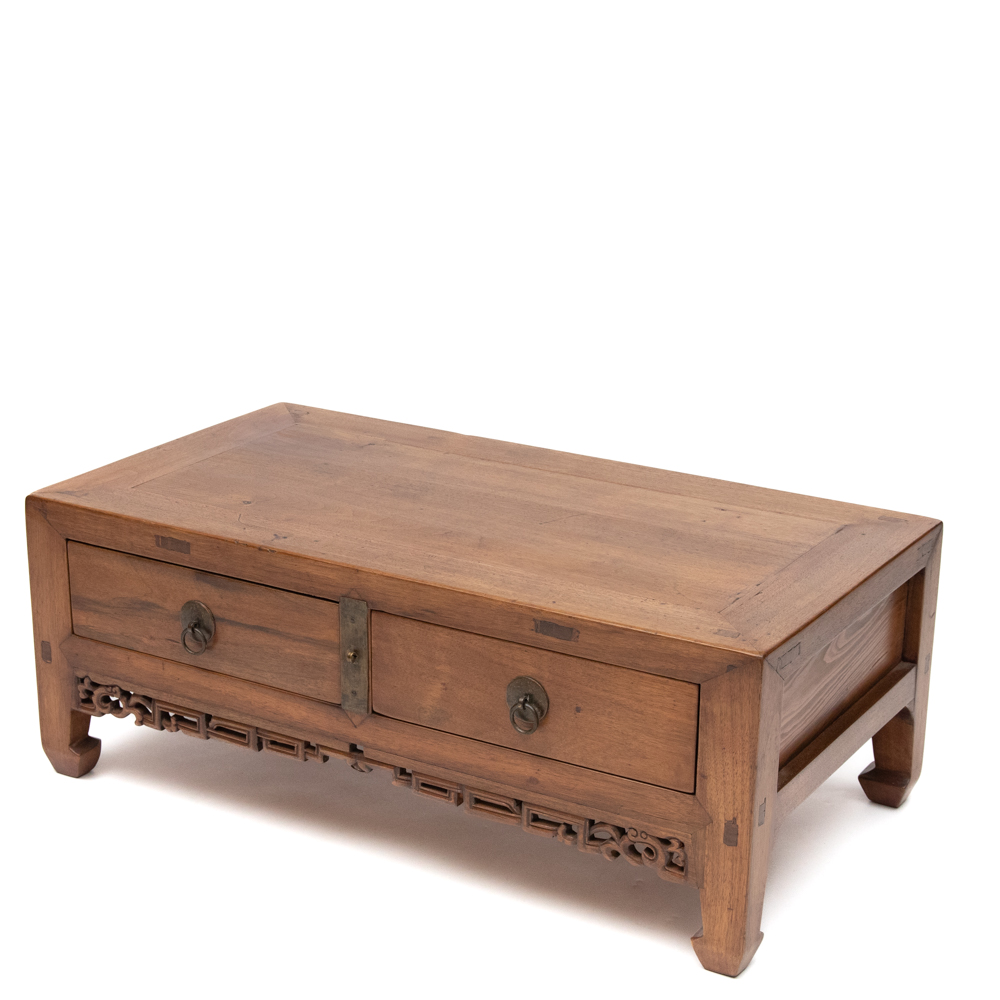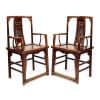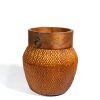Two drawer kang table
$1,595.00
19th century
- walnut/elm
- 79cm W x 43cm D x 30cm H
Classic Ming style design, fabulous small table for the living room of an apartment.
A shipping fee is calculated to deliver this item to the metropolitan areas of Brisbane, Sydney, Melbourne, Adelaide and Perth. Contact us to arrange a quote for delivery to other areas.
1 in stock
Make an EnquiryNote: Shipping of art is free in Australia



